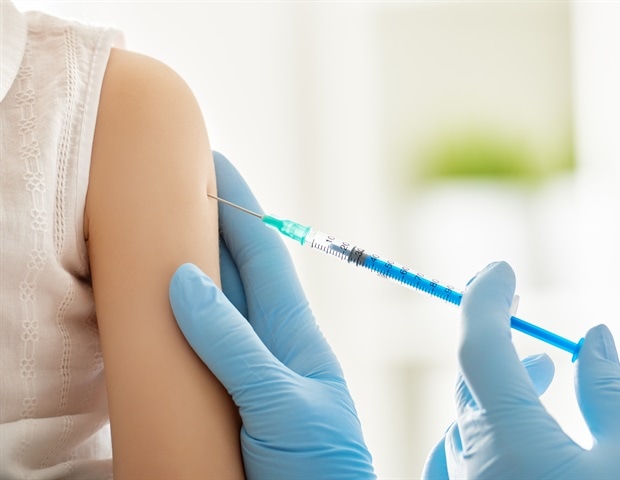CDC today announced that polioviruses found in New York, both from the case of paralytic polio in an unvaccinated adult in Rockland County and in several wastewater samples from communities near the patient's residence, meet the World Health Organization (WHO)'s criteria for circulating vaccine-derived poliovirus (cVDPV) – meaning that poliovirus continues to be transmitted in Rockland County, NY, and surrounding areas.
CDC is working closely with WHO, the Pan American Health Organization (PAHO), and other international public health partner organizations. As previously reported, the virus' genetic sequences from the patient from Rockland County, NY, and wastewater specimens collected in New York have been linked to wastewater samples in Jerusalem, Israel, and London, UK, indicating community transmission. The viral sequences from the patient and from three wastewater specimens had enough genetic changes to meet the definition of a vaccine-derived poliovirus (VDPV). These two things – one individual with VDPV and at least one detection of a related VDPV in an environmental sample – meet WHO's definition of cVDPV, and CDC submitted this data to WHO for inclusion on its list of countries with cVDPV. There are global recommendations for countries with cVDPV2 outbreaks to protect people from polio, and the United States is taking all appropriate actions to prevent new cases of paralysis.
The United States now joins a list of about 30 other countries where cVDPVs have been identified. Circulating vaccine-derived poliovirus occurs when local immunity to poliovirus is low enough to allow prolonged transmission of the original weakened virus in the oral polio vaccine. As the virus circulates and more genetic changes occur, the virus can regain its ability to infect the central nervous system and cause paralysis. It's important to note that cVDPVs are not caused by a child receiving the polio vaccine. Oral polio vaccine has not been used or licensed in the U.S. since 2000 but continues to be used in some countries.
Polio vaccination is the safest and best way to fight this debilitating disease and it is imperative that people in these communities who are unvaccinated get up to date on polio vaccination right away. We cannot emphasize enough that polio is a dangerous disease for which there is no cure."
Dr. José R. Romero, Director of CDC's National Center for Immunization and Respiratory Diseases
Genetics & Genomics eBook

Compilation of the top interviews, articles, and news in the last year.
Download a copy today
It's important to note that no additional cases of polio have been reported in the United States at this time, and today's update does not impact the current CDC recommendations for polio vaccination for children or adults.
CDC continues to support New York State Department of Health's investigation through ongoing testing of wastewater to better understand the possible spread of the virus and through supporting vaccination efforts in the affected communities. Last week, the New York State Governor issued an Executive Order declaring a State Disaster Emergency. While no additional polio cases have been found, this action helps the state expand vaccination efforts and surveillance. Improving vaccination coverage is the key to preventing additional cases of paralytic polio in the United States.
Centers for Disease Control and Prevention
Posted in: Disease/Infection News | Healthcare News
Tags: Central Nervous System, Children, Chronic, Genetic, Health and Human Services, immunity, Immunization, Nervous System, Paralysis, Polio, Public Health, Respiratory, Vaccine, Virus
Source: Read Full Article






